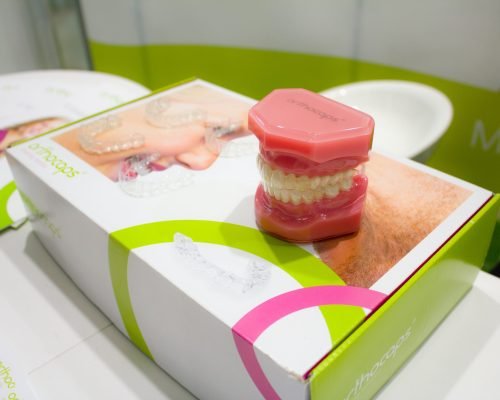In recent years, the field of dentistry has undergone a remarkable transformation with the advent of digital technology. Digital dentistry utilizes advanced tools and techniques to enhance patient care, improve treatment outcomes, and streamline dental procedures.
One of the key areas where digital dentistry has made a significant impact is in the realm of diagnostics. Traditional dental X-rays have been replaced by digital radiography, which offers numerous advantages. Digital radiographs provide clear and detailed images, allowing dentists to detect dental issues with greater accuracy. Additionally, digital radiography reduces radiation exposure for patients, making it a safer alternative.
Another aspect of digital dentistry that has revolutionized patient care is the use of intraoral scanners. These handheld devices capture detailed 3D images of the patient’s teeth and gums, eliminating the need for messy and uncomfortable traditional dental impressions. Intraoral scanners not only improve patient comfort but also provide more accurate data for the fabrication of dental restorations such as crowns, bridges, and dentures.
Furthermore, digital dentistry has transformed the way dental restorations are created. Computer-aided design and computer-aided manufacturing (CAD/CAM) technology allow for the precise fabrication of dental prosthetics. With the help of CAD/CAM systems, dentists can design and create custom-made crowns, veneers, and implants in a single dental visit. This eliminates the need for multiple appointments and temporary restorations, saving both time and money for patients.
Implant dentistry has also benefited greatly from digital technology. Through the use of cone beam computed tomography (CBCT) scans, dentists can obtain detailed 3D images of the patient’s jawbone and surrounding structures. This enables precise planning and placement of dental implants, resulting in improved implant success rates and reduced risk of complications.
Additionally, digital dentistry has transformed the way dental records are stored and managed. Electronic health records (EHRs) allow dentists to access and update patient information in a secure and efficient manner. EHRs also facilitate communication between dental professionals, ensuring seamless coordination of care.
The benefits of digital dentistry extend beyond patient care. Dental practices that embrace digital technology can improve their operational efficiency and enhance the overall patient experience. Digital tools such as appointment scheduling software, patient communication platforms, and virtual treatment planning software enable dental practices to streamline their workflows and provide more personalized care.
As with any technological advancement, there may be initial challenges and costs associated with implementing digital dentistry. However, the long-term benefits far outweigh the initial investment. Patients can expect more accurate diagnoses, faster treatment times, and improved outcomes. Dentists can provide more precise and predictable treatments, resulting in higher patient satisfaction and loyalty.
In conclusion, digital dentistry has revolutionized patient care by leveraging technology to enhance diagnostics, treatment planning, and dental restorations. The integration of digital tools and techniques has improved accuracy, efficiency, and patient comfort. Dental practices that embrace digital dentistry are well-positioned to provide superior care and stay at the forefront of the dental industry.





